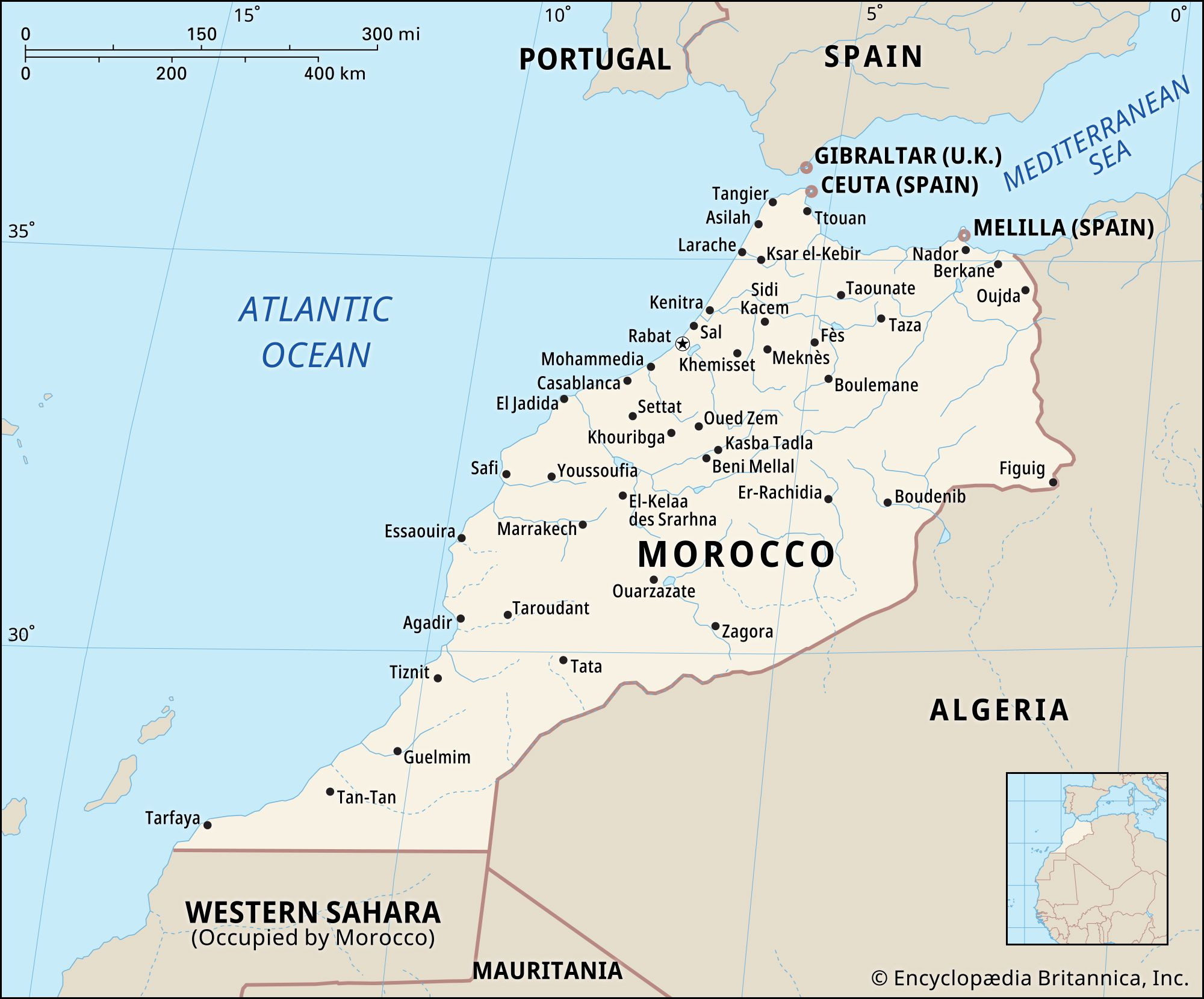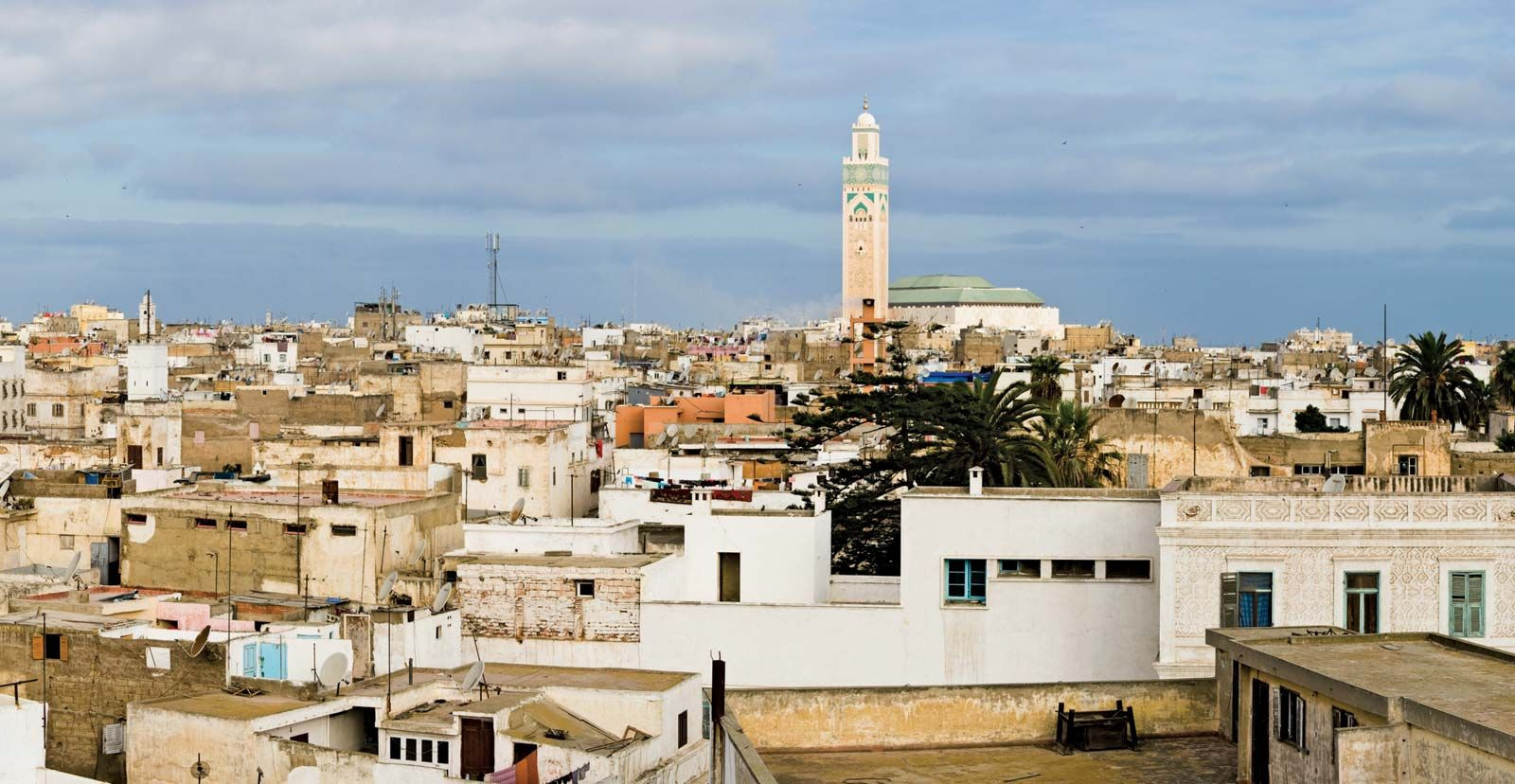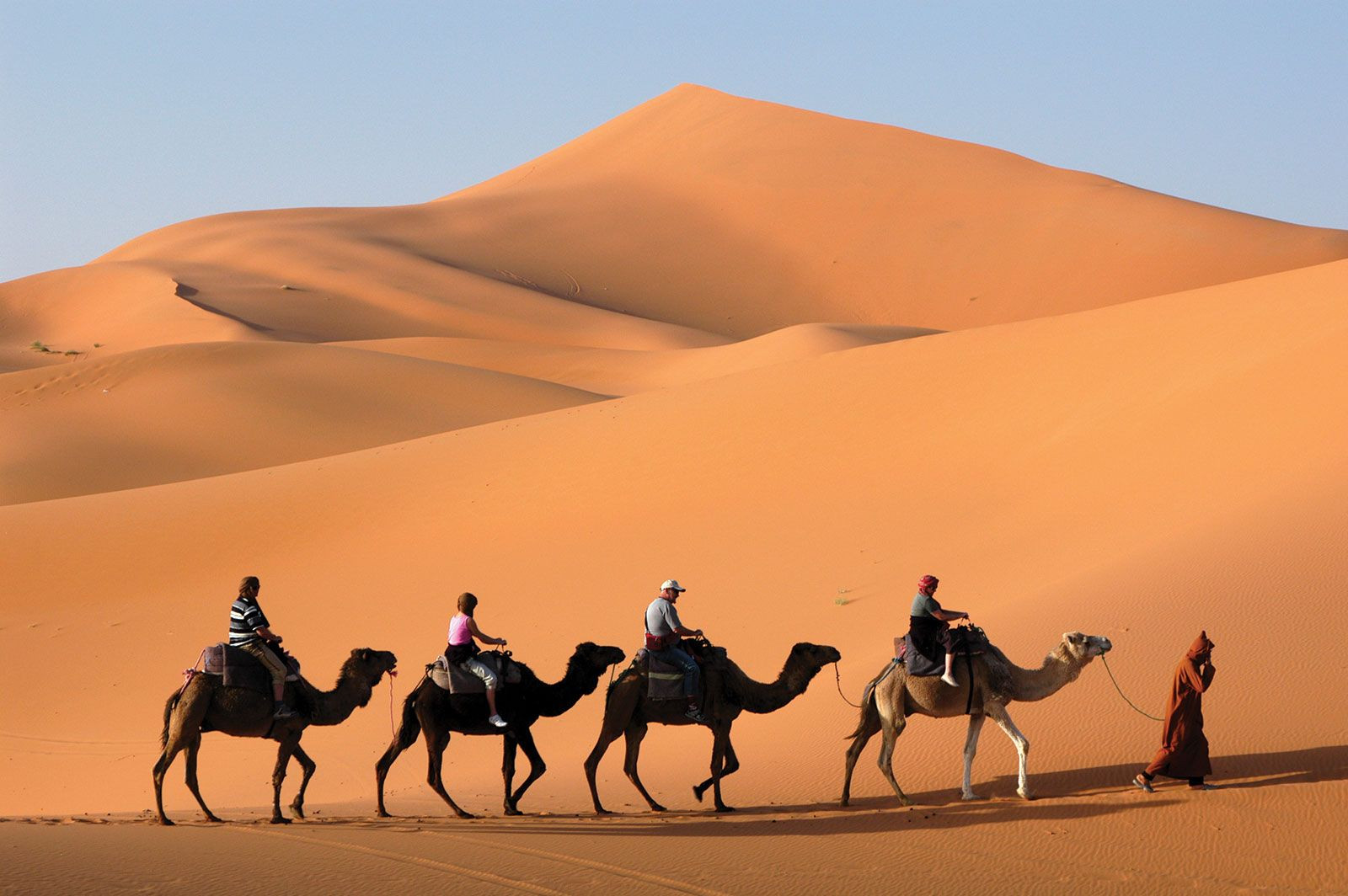Morocco, a land of vibrant culture, stunning landscapes, and rich history, beckons travelers and geography enthusiasts alike. But where is Morocco exactly? This North African kingdom holds a strategically significant position, bridging Europe and Africa, and offering a captivating blend of Mediterranean and Atlantic influences.
 Location of Morocco in North Africa highlighted on a world map.
Location of Morocco in North Africa highlighted on a world map.
Geographic Location of Morocco
Morocco is situated in the westernmost part of North Africa. Understanding Morocco’s location requires considering its continental context, hemispheric position, and its crucial borders and coastlines.
Continental Context: North Africa
Morocco is an integral part of the North African region, often referred to as the Maghreb. This area is characterized by a unique blend of Arab and Berber cultures and is geographically defined by the Sahara Desert to the south and the Mediterranean Sea and Atlas Mountains to the north. Within North Africa, Morocco shares borders with Algeria to the east and southeast, and Western Sahara to the south.
Hemispheric Location and Proximity to Europe
Positioned in the Northern Hemisphere, Morocco lies just a stone’s throw away from Europe. The Strait of Gibraltar, a narrow waterway, separates Morocco from Spain. This proximity has historically and culturally linked Morocco to Europe, making it a fascinating crossroads of civilizations. In fact, from Morocco’s northern shores, one can easily glimpse the European continent across the Strait.
Borders and Coastlines
Morocco boasts a unique geographical advantage as the only African nation with coastlines on both the Atlantic Ocean and the Mediterranean Sea. Its western border is defined by the vast Atlantic, offering extensive beaches and coastal plains. To the north, Morocco’s Mediterranean coast is more rugged, featuring picturesque harbors and a milder climate. This dual coastline has profoundly influenced Morocco’s trade, culture, and biodiversity.
Key Cities and Regions
Understanding where Morocco is also involves knowing its key cities and regions. These urban centers and geographic areas highlight the diverse character of the country.
Rabat, Casablanca, Tangier, Fès
Morocco’s major cities each contribute uniquely to the nation’s identity. Rabat serves as the political capital, situated on the Atlantic coast, embodying a blend of modernity and historical charm.
 Rabat, the capital city of Morocco, situated on the Atlantic coast.
Rabat, the capital city of Morocco, situated on the Atlantic coast.
Casablanca, the largest city, is the economic powerhouse and a major Atlantic port, known for its bustling industry and iconic Hassan II Mosque.
 The Hassan II Mosque in Casablanca, Morocco's largest city, showcasing Moroccan architecture.
The Hassan II Mosque in Casablanca, Morocco's largest city, showcasing Moroccan architecture.
Tangier, located on the Strait of Gibraltar, is a historical crossroads of cultures, long serving as a gateway between Africa and Europe. Fès, further inland, is renowned as Morocco’s cultural and spiritual heart, famous for its ancient medina and traditional souks.
Geographic Diversity
Beyond its cities, Morocco’s location encompasses a diverse geography ranging from fertile coastal plains to towering mountain ranges and arid deserts. The Atlas Mountains run through the country’s interior, offering stunning landscapes and unique ecosystems. In the southern and eastern parts of Morocco, the Sahara Desert extends its vast expanse, creating dramatic desert landscapes.
Historical and Cultural Significance in its Location
Morocco’s strategic location has profoundly shaped its history and culture. Being at the crossroads of continents, it has been a melting pot of civilizations, influenced by Berber, Arab, European, and sub-Saharan African cultures. Its coastal access facilitated trade and interaction, while its position near Europe made it a point of contact and sometimes conflict throughout history. From ancient Berber kingdoms to Roman provinces, Arab conquests, and European protectorates, Morocco’s story is intrinsically linked to its geographically significant position.
In conclusion, Morocco’s location in North Africa, bordering both the Atlantic and Mediterranean, and a short distance from Europe, defines its unique character. This geographical position has not only shaped its diverse landscapes and key cities but has also been instrumental in its rich history and vibrant cultural tapestry, making it a truly captivating destination.

 Camel caravan traversing the Sahara Desert in Morocco, highlighting the diverse landscapes of the country.
Camel caravan traversing the Sahara Desert in Morocco, highlighting the diverse landscapes of the country.